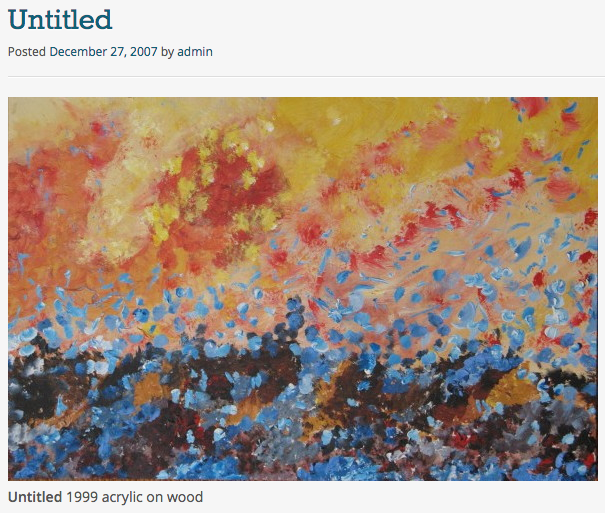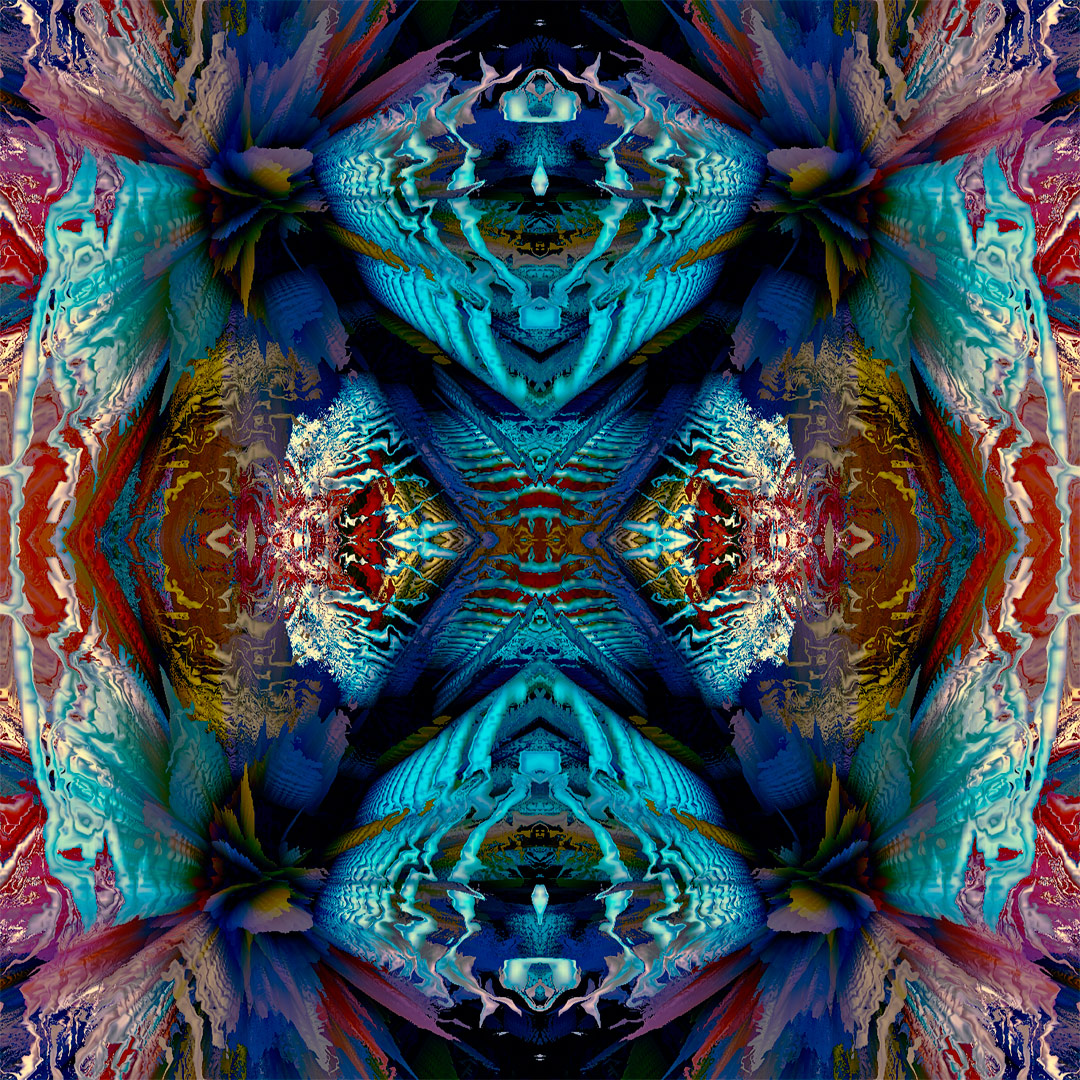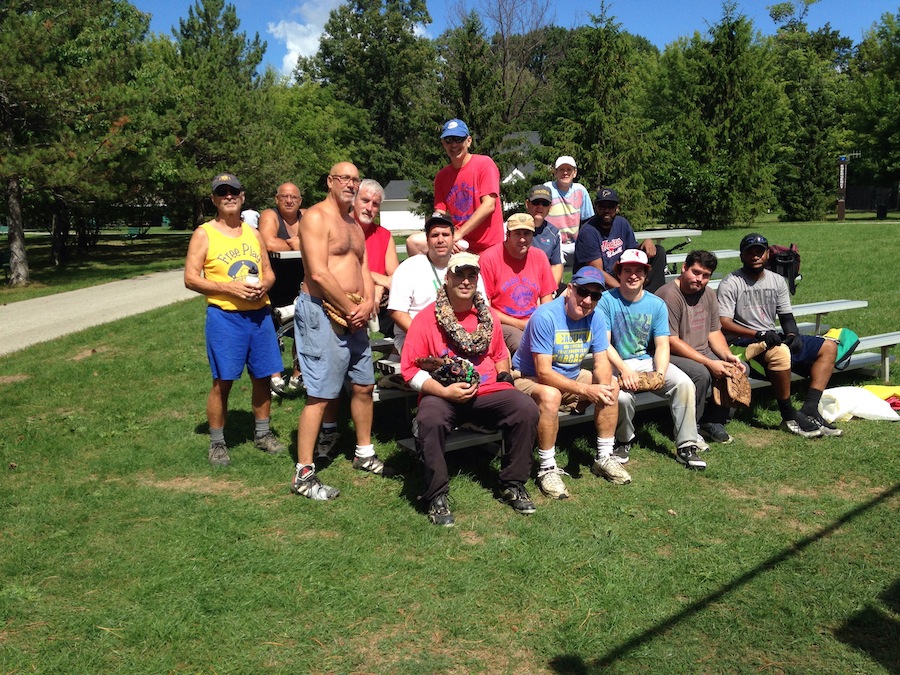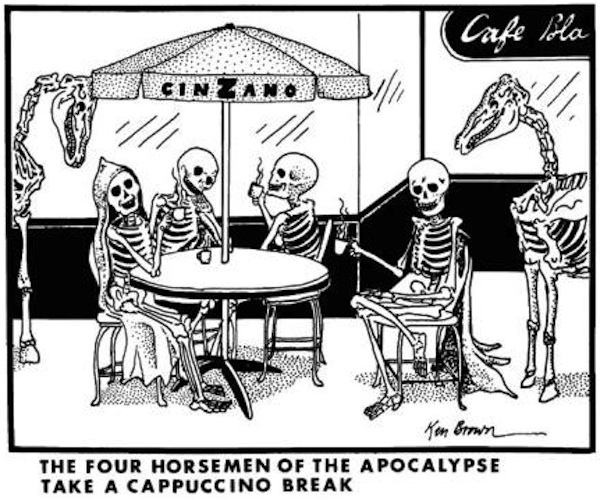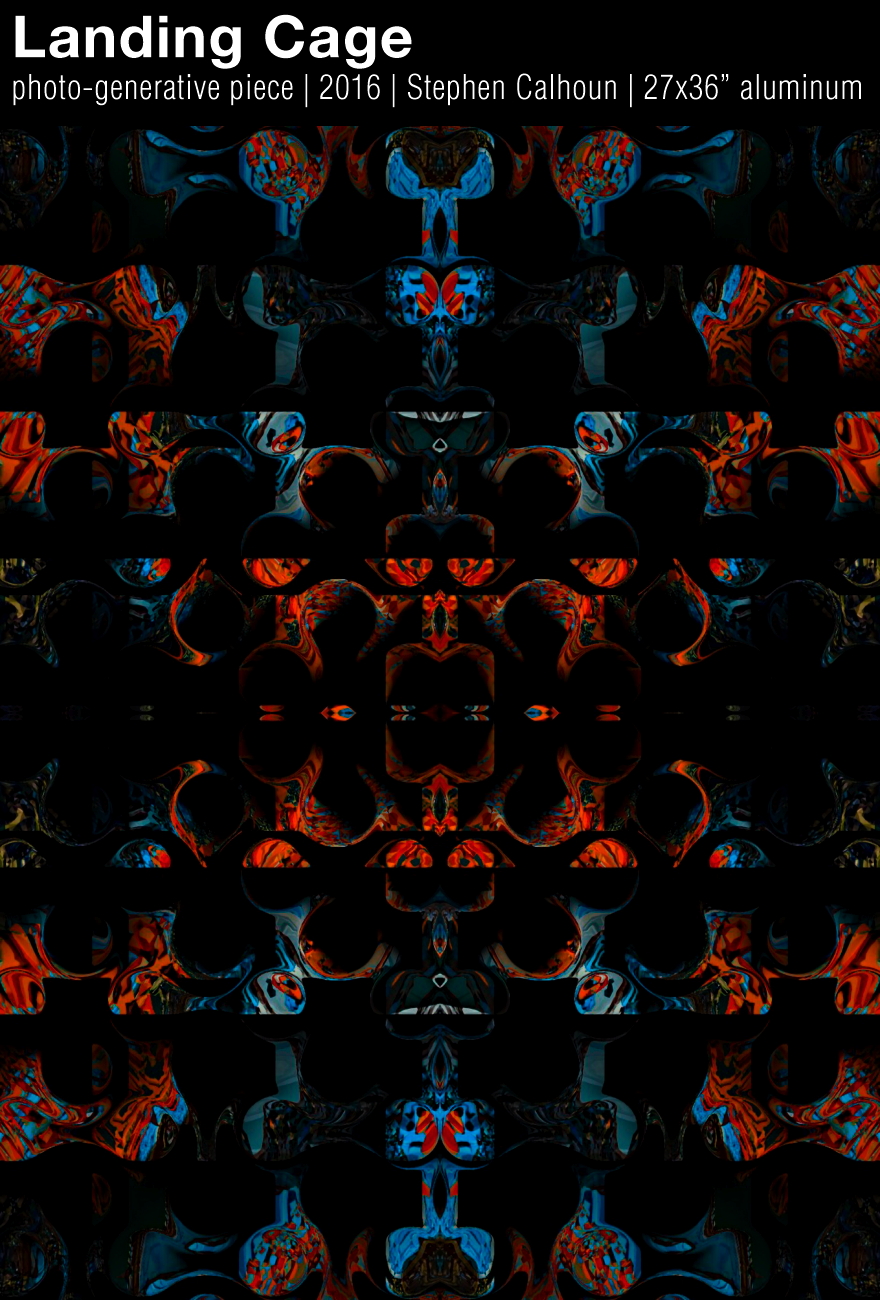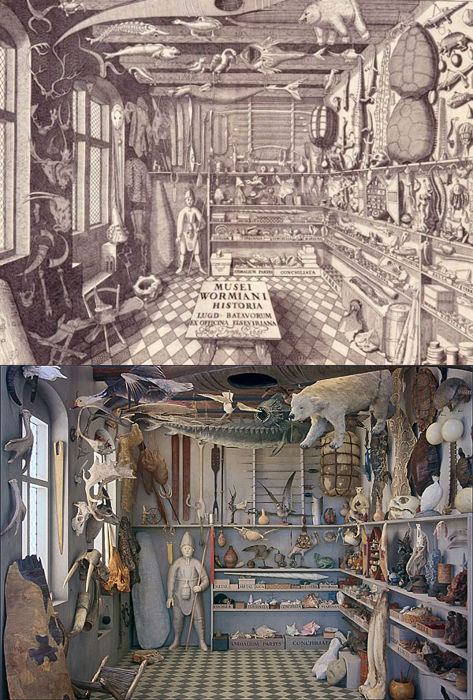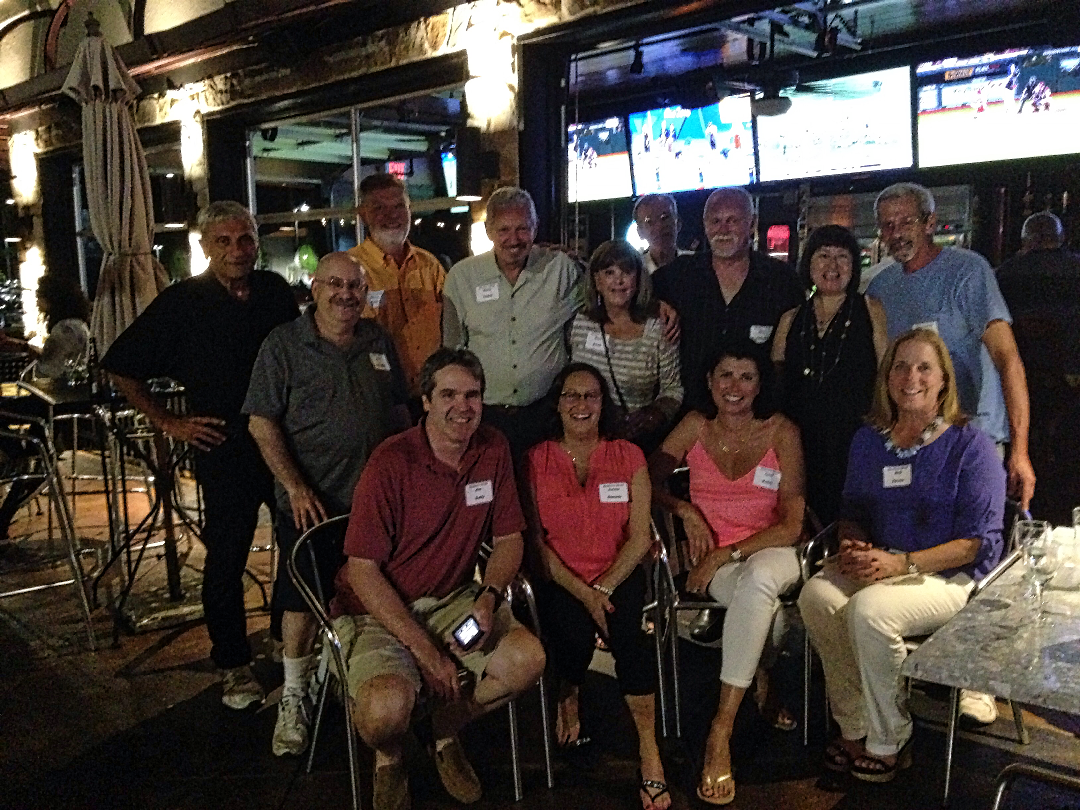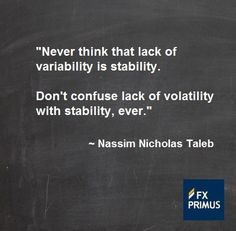
Mad Magazine – used without permission
Trumpbert
Scott Adams, author of Dilbert cartoons, has been blogging about Donald Trump’s persuasion abilities for nine months. Adams styles himself as an expert on persuasion too, so it is no accident that he highlights Trump because he has his own books about persuasion to sell.
Adams is bold in his estimation of Trump’s abilities, believing, or having come to be persuaded, that Trump is one of the greatest of all persuaders, and, the proof of this will be articulated by a landslide election victory over Hillary Clinton. The gist of Adam’s theory of persuasion is drawn from his thin but supple comprehension of decision-making theory in cognitive and social psychology. Supple is a key qualifier because for Adams persuasion at its highest Trumpian levels is an all-purpose explanatory theory, even when it topples into tautology; ‘one is persuaded because one is persuaded, after all, every preference is produced by persuasion of some sort.’
There is a lot of research about the element of emotion and identification to be found in preference-making, decisions, and choice-making. Additionally, with the popularization of Kahnemann, Haidt, and Tsversky, and with other treatments of cognition “in practice,” and with prolix internet venues for virtual argumentation, more than ever more, people are aware of various cognitive biases, the fallacies of informal logic, and, other tactical means for making one’s own point.
Adams makes the distinction between 2D and 3D persuasion, with the latter being the realm where masters, such as Trump, practice the jedi arts of persuasion. Apparently, these advanced capabilities can arise naturally or be taught. Presumably, the capabilities operationalize a model concerned with emotional construction, but Adams is silent about specifics while he traffics in the broad brush provided by Trump’s ongoing demonstrations of efficacy.
Suckerbert
Adams is crafty! He knows that the psychology of preference-making, etc. will survive the falsification of his own folk-psychological prediction. He is one of the most successful cartoonists in all of human history. His prediction’s failure won’t change that fact. And, he knows should Trump win by landslide or squeaker, the hundreds of acolytes he has persuaded to praise his theory, will claim for Adams, victory.
(Note too: a theory of persuasion is only robust of it also can account for a person not being persuaded. Adams does not, wisely, go “there.”)
There are three aspects, among many, worth highlighting. First, the Dilbert blog has brought together over the last six months a commentariat that mostly consists of Trump fanboys. Adams was compelled to ban overt racists and Nazi sympathizers. Nevertheless, his blog collects together all the unusual suspects of the largely pro-authoritarian alt-right. The blog’s sociological mix is fascinating, and, at the same time it horrifies by showcasing the animosity and triteness of white male victimhood. Trump is their guy!
Second, the blog catalogues all the comeback lines of argument used to beat back opinions/facts contra-Trump. Many of Trump’s advocates on the Dilbert Blog style themselves to be hyper-rational, even objective, and so, for such advocates, support of Trump is a no-brainer. But the actual arguments, albeit repetitive over months, are unintentionally hilarious.
Lobotomybert
Third. Following from this no-brainer advocacy, irony rules the day on the Dilbert blog. Very early on it became obvious that many of the Trump supporters on the Dilbert blog ‘think’ alike on a single matter: ‘we have thoughtfully reached our conclusion, whereas everyone else will be subject, or prey, to Trump’s 3D powers of persuasion.
Reason for me, persuasion for you!
This makes the blog immensely more amusing–well, for me at least. All the dodgy and immature and even shocking commentary brought to bear on behalf of, and take your pick, white supremacy, men’s rights, red pill culture, biodiversity, anti-liberalism, anti-social justice, sovereign segregation, neo-monarchism, anti-feminism, sexism, Nrx, neo-traditionalism, racial segregation, anti-collectivism, (on and on might the litany go,) are each presented as being the product of objective reason rather than each position being the result of the bearer having been at some point suckered into their abject belief by a master of 3D persuasion.
Adams deploys a 3D hedge, but it doesn’t help the Trump supporters in the commentariat because these same supporters are so enthusiastic about the amazing (!) match between their prior support of Trump, and, Adams’s vaunting of their man’s abilities. The hedge is: as far as elections go, 3D persuasion only has to be effective with a portion of the electorate. This clearly doesn’t account for his theory’s lack of explanatory power, but it does open things up for pro-Trump commenters.

